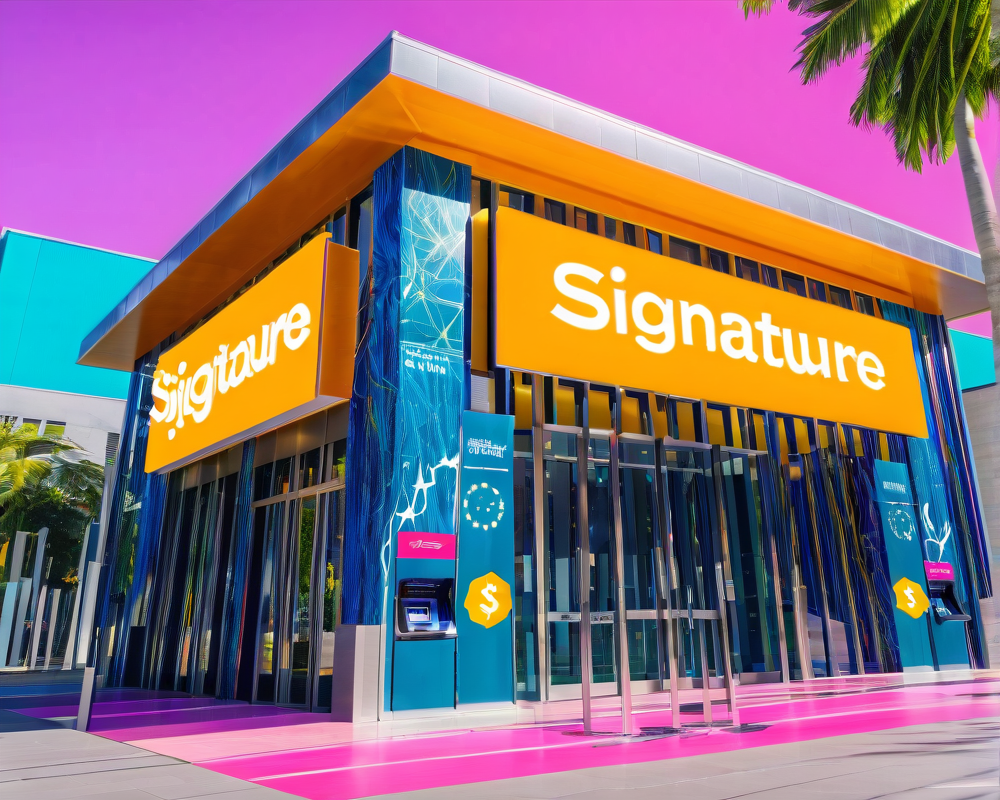Why Custody Matters in Crypto
With the growing interest in digital assets, the importance of secure custody options can’t be overstated. Think of it this way—what good is a treasure chest if you can never find the key? As institutional and retail investors jump into the crypto pool, new custody providers are popping up like mushrooms after a rainstorm, vying to offer the best protections for your digital loot.
What Are the Types of Custody Options?
In this ever-evolving landscape, users can choose from a variety of custody options. Here are the big three:
- Self-Custody: You hold your own private keys. It’s like being your own bank, which is great until you forget where you put the vault key.
- Exchange Wallets: By using wallets offered by exchanges, you trust them to hold onto your cryptocurrency—like letting a friend watch your house while you’re on vacation. Just don’t blame them when they throw a party.
- Third-Party Custodians: Think of these as security guards for your crypto. They hold the keys with layers of protection, but do you really know who’s behind the badge?
Enter Proof-of-Reserves: What’s That?
At the heart of making sense of who holds what is the Proof-of-Reserves (PoR) audit. It’s essentially the financial equivalent of a lie detector test. This independent audit checks if the asset custody provider has enough reserves to back up all their depositors’ balances. Imagine showing your friend that you indeed have enough cash in your wallet to cover that pizza night bill—it’s reassuring!
How Does a Proof-of-Reserves Audit Work?
Get ready to roll up your sleeves because the auditing process involves some clever cryptographic sleight of hand. Here are the key steps:
- Proof of Liabilities: Calculate the total outstanding balances owed to users. Think of it like counting how many pints of ice cream you owe your friends after binge-watching a series.
- Proof of Reserves: The auditor checks what assets are held on the blockchain. Using clever hashes and a public ledger, they show they own those assets without needing to reveal individual user identities.
- Proof of Solvency: This outputs a simple result: solvent or not. If reserves exceed liabilities, the audit comes out smelling like roses; if not, well… let’s hope it was just a bad day at the office.
The Upsides and Downsides of PoR Audits
Now, let’s talk turkey: while PoR audits have great benefits—like increased transparency, regulatory appeal, and user trust—they also have distinct limitations:
- Upside: Users can independently verify the transparency of their funds.
- Downside: It only reflects the situation at the time of the audit. If funds were borrowed for the audit, that’s like borrowing your friend’s car and claiming you own it!
In the wild world of crypto, trust and safety go hand-in-hand. Proof-of-reserves auditors help in reassuring everyone that their beloved digital assets are not just wishes floating in the ether, but firmly grounded in reality.



